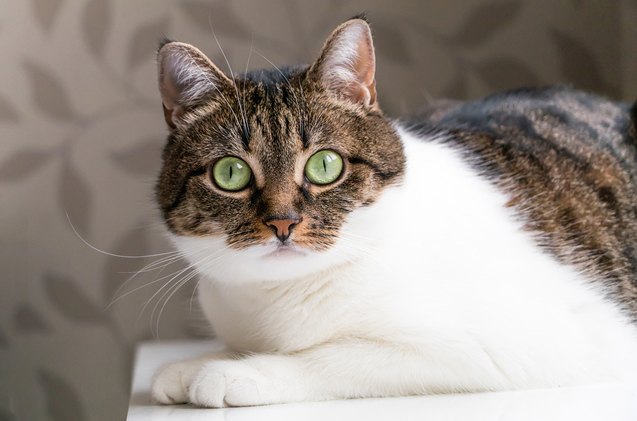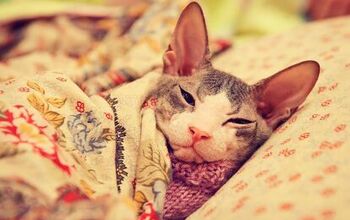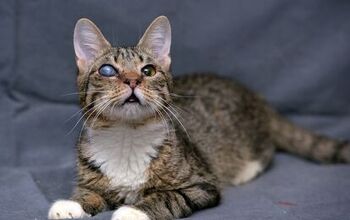A Short Guide to Feline Eye Care

If your kitty’s normally bright, clear eyes aren’t looking too healthy, or if your pet has been rubbing her eyes or squinting, there may be something wrong. Understanding how to assess the health of your cat’s eyes, and being able to recognize symptoms of illness, will allow you to tackle problems before they escalate.
Keep reading for a short guide to keeping your cat’s big, beautiful eyes as healthy as possible. As always, when it comes to your pet’s health, don’t hesitate to contact your veterinarian for a diagnosis and treatment plan when you notice that something is amiss.
A Home Exam
It’s a good idea to check your cat’s eyes on a regular basis. This is easy to do, but your cat may need to get used to it, so just be patient, gentle, and calm, and reward your kitty after each exam.
Related: Understanding Feline Diabetes
Simply face your pet in a room that’s brightly lit. Gaze into her eyes, and note if they’re bright, moist, and clear. Both pupils should be the same size, and there shouldn’t be any swelling, redness, discharge, or squinting.
Next, roll your cat’s eyelid down gently by using your thumb. Inspect the lining of the eyelid. It should be pink in color, not white or red. You can also check that the area around the iris is white.
If you notice any of the following symptoms in one or both eyes, consult your veterinarian:
- The third eyelid is visible
- There is a change in eye color
- There is cloudiness in the eye
- The fur around the eye is stained with tears
- The eyes are watery
- The eyes are squinting or totally closed
- There is a crusty material in the corner of the eye
Conditions That Can Cause Eye Problems in Cats
A variety of ailments can create eye problems in felines. These include, but are not limited to:
- Upper respiratory infection
- Viruses
- Conjunctivitis
- Uveitis
- Dry eye
- Corneal disorders
- Allergies
- Retinal disease
- Glaucoma
- Cataracts
- Keratitis
- An object stuck in the eye
How to Clean Your Cat’s Eyes
You can use a damp cotton ball or tissue to gently wipe away any crusting or tear stains in the corners of your cat’s eyes, making sure that you’re wiping away from the corner in an outward motion. Use a fresh cotton ball or tissue for each eye.
Related: What You Need to Know About Feline Anemia
Using this same method, you can also clear away any dust, dirt, and other debris that you find around the exterior of your cat’s eyes. In this way, you can prevent irritants and pollutants from entering the eyes and potentially causing infection or discomfort.
If you notice that there are any hairs that have grown too long and can get into your cat’s eyes, or are already irritating or scratching the eyes, you can trim them by using blunt-nosed scissors with extreme caution. Trim the hair parallel to the edge of the pet’s eyelid.
Only use eye drops or eyewash products if your vet has prescribed them for your kitty.
Don’t Hesitate to Call Your Vet
Even seemingly minor eye problems could escalate quickly, so if you notice any of the symptoms above or if your cat is keeping one eye closed, squinting, or rubbing her eyes, contact your vet right away. Once your cat is examined, the appropriate treatment can be provided to avoid complications.
In the event that your cat has had eye issues in the past and you have some leftover medications, don’t use them without your vet’s consent, as your kitty may be suffering from a different condition that would require a new medication.
Because a feline’s eyes are so delicate, and eye problems that aren’t treated promptly and correctly could result in impaired vision or blindness, regularly examining them is extremely important.

Lisa Selvaggio is a freelance writer and editor, and our resident cats-pert, with certifications in pet nutrition and pet first aid. She enjoys producing content that helps people understand animals better so they can give their pets a safe and happy home.
More by Lisa Selvaggio























